‘Uncontacted’ tribes: the ancient peoples who cling to their traditional lives face a grim future
For thousands of years, these peoples have lived bountiful lives on their remote islands and highland valleys. But their numbers have been decimated. Now, they’ve had enough.
World
Don't miss out on the headlines from World. Followed categories will be added to My News.
In 2014, a handful of tribespeople — dressed only in loincloths and clutching bows and spears — timidly emerged from the thick undergrowth of the Amazon jungle. They wanted help.
They were the last of the previously uncontacted Sapanawa Indians. Now, they were fleeing their ancestral forest after an invasion of ‘outsiders’.
Their community had all but been exterminated.
The dead, they said tentatively through translators from local tribes, were so numerous that they had to leave them to the vultures — unburied.
It’s a tragic story of the massacre of an ancient culture, a vestige of a time long past.
It’s a story echoed in 2017, when two illegal miners were arrested for boasting of the murder of up to 20 members of an uncontacted tribe. They had wanted to steal valuable native artefacts.
Some 100 so-called uncontacted tribes cling to their lifestyles in remote, largely equatorial regions. Almost all are in South America. But a few may still be found in the remote highlands of Papua New Guinea, or the isolated islands in the Bay of Bengal.
We know of their existence through reports from native peoples living nearby, as well as from sightings among the trees by low flying aircraft or passing boats.
But their numbers are diminishing. Their old ways are being lost.
Our increasingly interconnected world is making it easier for missionaries, miners, farmers and brigands to make their way to these remote communities — and wreak genocide, whether intentionally or not.
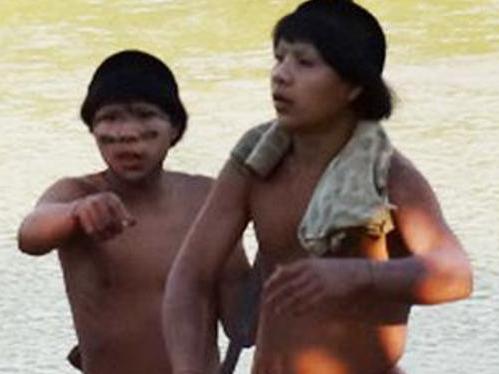
PARALLEL WORLDS
They cannot be called ‘stone age’, as they have continued to develop their individual cultures and technologies over the centuries. But they can be called unique.
These remote tribes have developed their own ways of coping with their surroundings, through ritual and technology.
And calling such people ‘uncontacted’ is not entirely correct, either. More often than not, they indirectly know about what’s going on around them through interactions with neighbouring tribes.
“They know far more about the outside world than most people think,” indigenous people’s advocacy group Survival International’s Fiona Watson told the BBC in 2014. “They are experts at living in the forest and are well aware of the presence of outsiders.”
As Survival International points out, the Brazilian Amazon Awa people have been seen to use the resin of a local tree to fuel torches and keep their huts lit at night. And they can assemble a new home from leaves, vines and tree trunks in just a matter of hours. Kawahiva Indians weave intricate ladders and traps — using them to climb trees for honey and to snare fish in nearby streams.
All understand their environment intrinsically. After all, it’s a matter of life and death. For example, they know the medicinal properties of local plants and animals. Many of these have since fuelled new treatments marketed by pharmaceutical companies.
Most are eminently happy with their way of life: The Jarawa people of the Andaman Islands say their forests give them more than they need, and consider themselves more ‘civilised’ than any outsider they have encountered.

PRISTINE PEOPLE?
Change has long since reached the world’s ‘uncontacted’ tribes. Inter-tribal networks of trade has seen manufactured goods from metal pots through to guns pass from hand to hand.
And then there’s the discarded ‘rubbish’ of the developed world that washes up on the beaches and river banks.
The Sentinelese of the Andaman Islands, at the centre of the recent killed missionary scandal, are known to have put to use metals recovered from shipwrecks and other materials washed up as flotsam and jetsam.
Exactly why these isolated groups reject contact with the outside world is uncertain.
Some anthropologists suggest they may have recently developed cultures of fear — that they may be refugees fleeing previously violent encounters with ‘outsiders’ or outbreaks of devastating disease.
What is certain is the high price such contact immediately exerts on these peoples.
Despite being declared off-limits by governments and international agreements, entire tribes continue to be wiped out.
Often, within days of first contact, these peoples are stricken by illness — despite the best intentions of those they are dealing with. They simply have never before been exposed to the likes of the common cold and measles. So they have absolutely no natural resistance.
Often, it is murder. Miners, farmers and artefact collectors have shown little qualm in committing genocide.
Despite being scattered around the world, with wildly different cultures and history: their modern stories are disturbingly similar.
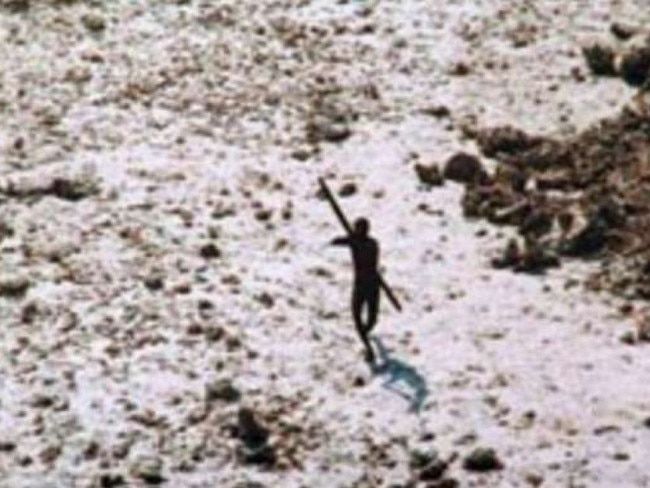
FOR THEIR OWN GOOD?
Brazil — along with India and Indonesia — are attempting to enforce a policies of protecting uncontacted tribes’ lands and allowing them to live in isolation.
Last week, Amazon indigenous groups asked for the creation of a 200 million hectare sanctuary to preserve both their way of life and the local wildlife. Presented to the UN Conference on Biodiversity by an alliance of some 500 tribes across nine South American countries, the proposal is in doubt due to the recent election of hard-line leaders in both Colombia and Brazil.
“We have come from the forest and we worry about what is happening,” advocate Tuntiak Katan told the assembly. “This space is the world’s last great sanctuary for biodiversity. It is there because we are there. Other places have been destroyed.”
“People have this romanticised view that isolated tribes have chosen to keep away from the modern, evil world,” anthropologist Kim Hill told the BBC in 2014.
“There is no such thing as a group that remains in isolation because they think it’s cool to not have contact with anyone else on the planet.”
The following year, Professor Hill and Professor Robert Walker published an editorial in Science magazine in 2015, calling for organised efforts to bring all ‘lost’ tribes in contact with surrounding societies.
They argued these people’s cultures were no longer sustainable, and it would be more human to integrate them into our own in the face of uncontrolled contact from miners, loggers, traffickers and thieves.
“Isolated populations are not viable in the long term,” they wrote, adding “well-organised contacts are today both humane and ethical. We know that soon after peaceful contact with the outside world, surviving indigenous populations rebound quickly from population crashes.”
They argue initial contact should be made by anthropologists, who then stay on site to monitor the community’s health — and call for help should an epidemic break out.
But other anthropologists argue this simply repeats the mistakes of the past, when missionaries and officials were encouraged to engage in peaceful contact with indigenous peoples.
They offered gifts of metal, medicines, glass and Bibles. But they also brought viruses and bacteria, killing the very people they intended to ‘save’.
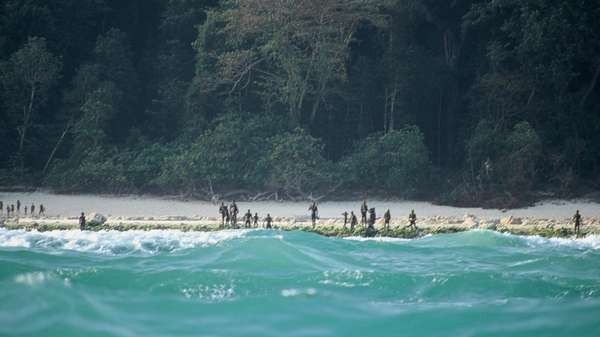
FINAL REFUGE
The remote Andaman Islands in the Bay of Bengal are home to a handful of ‘uncontacted’ tribes. These groups of hunter-gatherers had been attempting to maintain isolation, but some emerged from their forest homes in 1998 to visit the rapidly growing Indian settlements on their shores. Despite being officially protected by the Indian government, they have since become tourist attractions. And such ‘visitors’ have brought measles, rape and exploitation.
SENTINELESE: Often labelled ‘the most isolated tribe in the world’, this people occupies an entire island on the edge of the Andaman Island chain. They have long been furious defenders of their isolation. An attempt by the Indian government to formally contact them in 1996 was rebuffed.
Ever since, the Sentinelese shoot arrows at any boat that comes too close to their shores. The tribe came to western media attention in the wake of the 2004 tsunami when a member of the tribe was photographed firing arrows at an Indian helicopter assessing the extent of the damage.
The earthquake the caused the tsunami reportedly had a major impact on the island, exposing previously submerged coral reefs and effectively enlarging the size of the land mass.
It’s now roughly the size of Manhattan.
Nobody knows what the Sentinelese call themselves. What is known is that they are hunter-gatherers. Overflights and satellite photos reveal no sign of agriculture. They do use metal, but it comes only from the few shipwrecks along their coast. Anthropologists say that their language is so distinct from the tribes of nearby islands as to be unintelligible — indicating hundreds, and possibly thousands, of years of isolation. But the tribe’s days may be numbered. A century ago, their population was estimated at some 250. In 2001, that number was thought to have fallen below 40. By 2011, there may have been just 15.
London-based native people’s advocacy group Survival International has warned against further attempts to make contact.
“Contact must never be imposed on tribes who don’t want it,” the group said at the weekend. “Their neighbours, the Jarawa, have been treated like safari animals by tourists for years.”

UNKNOWN NEW GUINEA
Little is known about the uncontacted tribes of New Guinea. West Papua is known to have about 312 tribes. And some of these intermediate tribes — those that have made contact in the past century — still tell tales of other remote groups living further up in the remote highlands. Contacting these tribes has not been easy: Michael Rockefeller, the son of vice-president of the United States Nelson Rockefeller, vanished while filming the Asmat people.
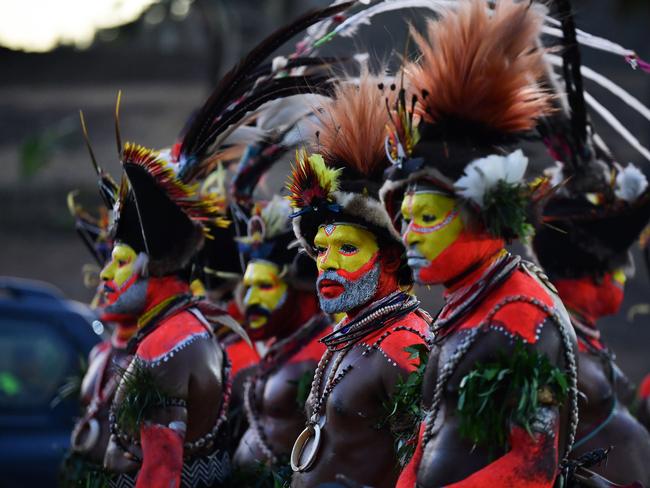
THE DANI: One of the largest Papua highlands ethnic groups, the 25,000 or so Dani, have managed to maintain their culture despite steadily increasing interaction with the outside world.
This may be because some of its communities are more remote than others: first contacted in 1909, one major village was only discovered from the air in 1938. These peoples crop sweet potato, banana and cassava. They also herd pigs.
But they also follow some complex cultural practices — including penis gourds, smoke-mummification of elders and chopping off fingers to remember those killed in warfare. Proud of their traditions, they also regard modern metal tools to be inferior to their own stone axes and blades — both in terms of performance and maintenance.
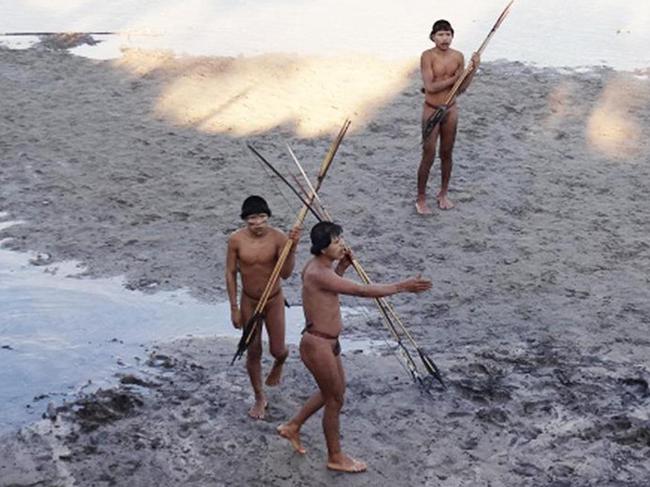
AMAZON ENCLAVE
Deep in Brazil is the Javari Valley, a forested space the size of Austria. Occupying it are some 20 tribes. And some 2000 of these 3000 people are considered ‘uncontacted’. Little is known about these peoples. And efforts to find out more are discouraged.
Overflights reveal they both hunt and cultivate their food. It’s also known they have acquired metal goods through trade. The fate of one of these tribes — the Matis — in the late 1980s compelled the Brazilian government to change its policy of enforced contact. Within weeks of the first visit by officials, disease decimated three entire villages. In the face of such a disaster, Brazil ordered an end to all future such efforts. Now, the risk to these remote tribespeople comes from ever closer mining and logging operations.

ACRE INDIANS: On July 1, 2014, Brazil made its first contact with a ‘lost’ tribe since 1996. Seven young men and women cautiously made their way out of the forest at a village near the border with Peru. Soon, local translators knew why. They told of ‘violent attacks’ by ‘outsiders’. They said all their older relatives had all been killed, and their houses set alight. The Brazilian government blamed illegal loggers, or perhaps cocaine traffickers.
The survivors thought they had found safe haven. But, just weeks after they made contact, Brazil’s government admitted many had fallen seriously ill and had been given urgent medical treatment and vaccination. Soon, all the youths fled back to the forest — taking their newly acquired diseases with them. What impact this had on other surviving uncontacted peoples they sought further refuge with is unknown.


